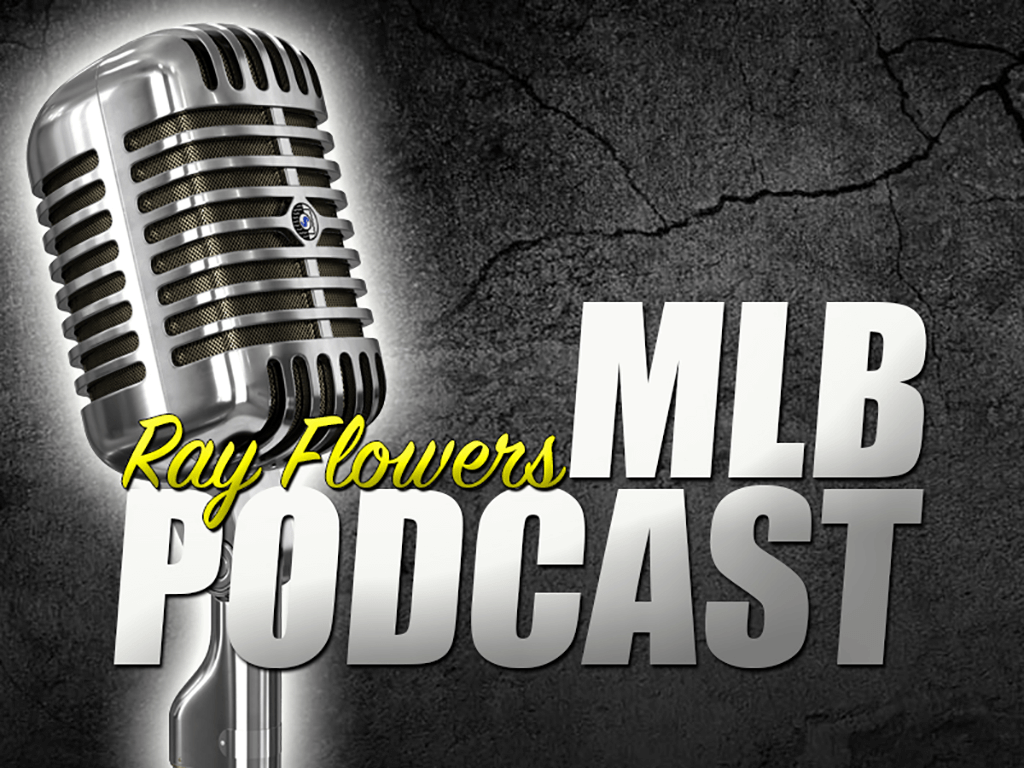
bidding? When should you go the extra $1? Who do you nominate? How do you bid? Should you use jump bids? How do you manager your bankroll — Should you to Stars and Scrubs or use a more balanced approach? That and more in this auction centered podcast.
A general plan, assuming 23 active players (14 hitters, nine pitchers).
180 hitting /80 pitching = 69%
(180 = 12.85 hitters / 8.89 each pitcher)
170 hitting /90 pitching = 65%
(170 = 14 hitters 12.15 each / 9 pitchers 10.00 each)
Stars and Scrubs
Stars and Scrubs is just what it sounds like. You spend as much as you can to roster the elite talents, and then you fill in around them with cheap options (this often takes the form of rostering 3-5 straight up ballers, the elites of the elite). What this strategy does is enable you to roster elite level talent at key positions. However, you end up having to “hit it big late” as you’re left to fill in around your seven or eight star level players with bunch of $1 and $2 options.
Balanced Approach
The mutual fund of auction options, the Balanced Approach allows you to evenly spread your risk over a series of assets instead of going top heavy with pyramid type setup. Instead of spending $30 on a handful of players and then filling in with cheap $1 and $2 options around them, you roster a balanced squad filled with a bunch of players in the $10-$15 range. This strategy will leave you without the top heavy stars of the previous plan, but you have more freedom to build your roster. Think about it. If you have a bunch of cheap players because you don’t have the resources to spend, then you are limited to rostering players that no one else wants. If someone goes $3 on the guy will you be able to afford going the extra dollar? Probably not in the Stars and Scrubs approach. In the Balanced Approach you have more wiggle room to fill out your roster with players you actually want. Plus, if a $12 player goes down you’ll likely be able to replace that, whereas if that $30 guy goes down you are hosed.
(1) 35/35 with 20 left for 7 spots (roughly $3 each)
(2) 30/30 with 30 left for 7 spots (4.70)
(3) 25/25 with 40 left for 7 spots (5.71)
(4) 25/25/25 15 for 6 (2.5)
(5) 20/20/20 30 for 6 (5 each)
Laying Out the Budget
You don’t want to say “I want to spend $ at first base and $ at third base.” What you say, is that you have buckets of money to spend, and you lay it out based on how the draft progresses. A possible way to do this follows:
Hitters (170): $30, $30, $20, $20, $15, $15, $10, $5, $5, $5, $5, $4, $4, $2
Pitchers (90): $20, $20, $20, $10, $10, $5, $2, $2, $1
* Don’t slavishly follow any plan. If there are bargains out there, jump on them.
* Don’t be afraid to go an extra dollar or two if you really think the guy can be a difference maker. At the same time, do not get tunnel vision. Don’t wildly overpay for a player just because he is your “guy.” Remember, your resources are limited.
* Don’t be so scared to bid early that you miss out on the best players. There’s nothing worse than getting to the end of your draft with $9 still left. At the same time, don’t be afraid to wade in slowly if the players you’re targeting aren’t named or if people are overpaying early. Sooner or later that scale will tip toward you allowing you to maximize your assets.
* Mix up the players that you present for bidding.
For more talk about baseball, don’t forget to get Lunch Money on the Bettor Sports Network. The show is on Monday through Friday from 12-3 PM EST, with Ray and Kyle Elfrink talking sports. To listen in, for FREE, all you need to do is download the app and you’re off and running.
Android: https://bit.ly/3CANnpc



